|
by Melanie Brown Indigestion is an uncomfortable and painful experience often associated with symptoms of heartburn, bloating, gas, and constipation. To top off this misery we often don’t understand the underlying cause, so in a desperate desire for relief many of us turn to over-the-counter antacids to put a stop to the symptoms. However, over-use and abuse of medications is not healing the underlying problem, but only masking it and creating further damage to our bodies. There is another path we can walk on with our green allies, that which nourishes, heals and protects. A major research study led by an epidemiologist of the Johns Hopkins Bloomberg School of Health revealed that long term use of PPI’s (proton-pump inhibitors) significantly increases the chances of developing chronic kidney disease, dementia, bone fractures, infections, and heart problems. Antacids are not addressing what is truly going on inside of our stomachs. The majority of the time acid reflux occurs because our stomachs are deficient in hydrochloric acid (HCL). A powerful digestive agent, HCL is incredibly important for maintaining proper assimilation of proteins into the essential amino acids and nutrients our bodies need to stay healthy. HCL also prevents disease by eliminating pathogenic bacteria and yeast. So now that we have a better understanding of how important stomach acid is to our health it becomes apparent that antacids (PPI’s) are creating a vicious cycle that we are unable to break free of. They neutralize the already low acid in our stomachs, and when we try to come off of them the pain is unbearable and further damage is caused to the esophagus from food remaining undigested, sustaining a dependency on these medications that are now proven unsafe. After becoming educated to what was going on I became concerned for family members who I knew were going through this exact issue -- one being on antacids for over a year and the other experiencing painful heartburn almost daily. So I threw on my green cape (insert super herb healing hero here), gathered my most trusted nourishing plants, and flew on over to my open minded family members. On top of healing with plants we must often look at our diets and lifestyle patterns as well. Indigestion and everything that accompanies it is often manifested by processed foods, refined sugar, over consumption of alcohol and coffee, and unhealthy stress. It is also not wise to run over to your medicine cabinet and throw out your medications cold turkey. Over time, with some small yet important changes, you will find yourself no longer turning to drugs for relief. I have witnessed and experienced the following three herbs providing profound healing on the entire digestive system. Dandelion (Taraxacum officnale): If I were to guess, most people know about this sweet, generous, yellow-sunshine faced flower. On top of being a supreme liver tonic, dandelion replenishes healthy levels and maintains production of HCL and bile. All parts of dandelion may be harvested and used at any time of the year, with the root being the best choice for medicine here. I highly recommend making your own tincture or vinegar, for there is nothing more satisfying and joyful than making and taking your own lovingly gathered plant medicine. 10-20 drops of tincture before each meal is an excellent regimen. Slippery Elm (Ulmus rubra) and Marshmallow (Althaea officinalis): Both of these plants contain mucilage. These complex carbohydrates have a lubricating quality so that in the body they produce an effect similar to mucus, coating and soothing raw, exposed, irritated, dried membranes. Taking both plants will address the damage done by acid reflux and medications. Slippery elm bark is incredibly nourishing, especially for the digestive system. I like to make a cold water infusion by weighing out a half ounce of cut and sifted herb in a quart sized mason jar, letting it steep for 2-4 hours, then straining it and sipping it throughout the day. I also learned from herbalist Susun Weed that rolling powdered slippery elm together with honey to form into small bite-sized balls can be taken as often as needed. Slippery elm has never failed me in instantly relieving heart burn. Marshmallow is cooling, moistening and sweet and all parts may be used, but the root contains the highest amount of mucilage with the cold water method of infusing working best in this application as well. Incorporating all three of these plants into your life -- while also making necessary lifestyle changes -- will bring great and lasting positive results. Break the cycle and heal with whole plants and whole foods for whole health. References: http://www.npr.org/sections/health-shots/2016/01/11/462423759/popular-acid-reflux-drugs-are-linked-to-kidney-disease-risk http://staugustine.com/living/health/2016-02-03/long-term-use-antacids-can-cause-more-harm-good#.VsyYtfkrLIU Wise Woman Herbal, Healing Wise, by Susun S. Weed The Book of Herbal Wisdom by Matthew Wood  Melanie Brown is a native New Englander who has had an early connection to nature and the outdoors. Together with her four year old son she gathers the ingredients to make small batch plant based body care products which you can find at her herbal apothecary, FIR&ELM. She is a graduate of Boston School of Herbal Studies and currently attending The Gaia School of Healing and Earth Education in Vermont. Her passion is to share and spread the message of community herbalism that lies right outside in our own backyards. by Juliette Abigail Carr
It seems like folks have a hard time making a really good milky oats tincture. When I teach advanced tincture making, we always discuss past “failures” or at least tinctures that didn’t turn out how students expected, since there is more space to learn from our mistakes than from easy successes. Milky Oats is one that comes up often, so I’m going to explain the little tricks to growing it and making medicine. Oat (Avena sativa) is beloved as a restoring, nutritive nervine tonic (medicine whose effects build slowly over time). In women’s health we cherish oat for its properties as a mineral rejuvenator and protector against adrenal exhaustion -- goodbye postpartum depression! Hello restful sleep, coping skills, and an end to feeling stretched too thin, exhausted, and sapped of vitality. As an antidepressant nervine it has a grounding, moistening effect for folks who feel burnt out, dried up, and frazzled. It is a nurturing rejuvenator to the nervous system and adrenal glands, kidney and liver function, and it restores the minerals your body needs for your heart, muscles, bones, and nerve transmission to work well. It bestows a feeling of general well-being to those of us lucky enough to bask in its welcoming green glow. As is common, the tea is a gentler, more long-term builder known for its mineral-related actions, while the tincture is stronger and more known for antidepressant and nervine actions. Submitted by Liam Madden of Life Force Beverages. My girlfriend’s study of herbalism has blessed my life in many ways. From her holding the burning embers of mugwort bundles over the un-knotting muscle near my sacrum, to the elaborate tincture protocols that have reduced my average cold to a short and mild two day affair, herbs have certainly benefitted me. But none have influenced me as deeply as nourishing herbal infusions and decoctions. An infusion or decoction, as opposed to a tea, is way of extracting a massive amount of nutrients and beneficial constituents from herbs. Herbal teas, like what is offered in any grocery store aisle, are not nourishment. They might be medicinal, and they might be lovely, but you can’t expect to draw out a meaningful amount of nutrition from a plant unless you use a substantial amount of it and steep it for a long time. That is the beauty of decoctions and infusions: they are simmered or steeped long enough to be nutritionally potent. Infusions don’t work like drugs, and shouldn’t be used the way many herbalists prescribe herbs, that is, as a foreign chemical that affects a specific set of chemicals in your body. Because infusions are food (i.e., herbs that are safe at almost any dosage) they create change gradually. That is why when I began to incorporate infusions regularly I noticed a deeper sense of nourishment in my life. Now the practice of heating up a big pot of water and soaking or decocting the herbs overnight has become as routine as showering. How do I choose the herbs to use? I have a close circle of herbal allies that must meet two simple criteria:1) It must be edible and 2) it must be very common. Dandelion, for example, is one of my dearest herbal allies. Any book on herbalism will give you a laundry list of beautiful attributes and effects of using dandelion, including foremost among them, the incredible effect on bile production and liver function. Books and research are a great way to absorb human experience (to learn, in other words) but to know dandelion decoction it must be directly experienced, and regularly. After time, it became as routine to me as coffee is to many. It grounds and nourishes me beyond my need for nutrition. I feel like dandelion links me to a tradition of honoring what grows abundantly around us. I can virtually hear these plants calling to humanity, “We are here to help you. Can’t you see how closely we live to you and how diligently we seek your attention?” In an ideal world, we’d all have enough time to build intimate relationships with the beings that nourish us, and to make infusing our bodies with nourishment as ritual as brushing our teeth. Because time and energy are often narrowly budgeted, the ideal can often only be achieved if we accept help from others. That is what the essence of a business is – to serve others and to meet a need they might not be able to on their own. That is the goal of Life Force Juice, and that is why our line of nourishing infusions are such an integral element in our nourishment strategies. Yours in nourishment, Liam Madden  Liam Madden is an amateur mead maker, a professional solar energy guy and an owner of Life Force Beverages, a local provider of organic juice, smoothies and infusions. Learn more about the Life Force Beverage’s bicycle-delivery program atLifeforcejuice.com. Submitted by Jennie Oceane Edgar, Wildflower Revolution In light of Herbstalk’s original purpose, to spread awareness about the use of herbs in everyday life, I am inspired to write about the use of herbs as a way of life. In my experience, many people come to herbalism because of discontentment with the conventional health care system. However, people often begin and end their herbal tenure with a product that offers them relief only for their isolated ailment. Other times, people continue a life-long relationship with “medicinal” plants but only use herbs when they are sick, or during their pregnancy, or as they recover from an emotional trauma. In short, many people use herbs at the onset of an illness and discontinue when symptoms subside. While it is great to know the herbs that will lessen the severity of an illness, I want to bring to light the wonderful power of herbs that appear to do absolutely nothing. The absence of an immediate effect is uncommon in Western medicine, which does not normally value preventative medicine. It is easy to be skeptical of “medicinal plants” that don’t immediately induce change. But that is one of the wonderful characteristics of herbalism: often, the effects are invisible because the benefits are preventative. Of course, just as there are countless testimonies of herbs “curing” or “alleviating” something, there are also many people who have attested that herbs did not benefit them in any way at all. This is not a narrative dissimilar from conventional medicine, except when we begin to think about medicine as nourishment. In an age of processed foods, newfound gluten sensitivities, and skepticism over the safety of GMOs, from where shall we receive our nourishment? Perhaps there is little that is neither more wholesome nor more abundant than the nourishing herbs – the weeds – that grow all around us. Of course, not all herbs are gently transformative – there are powerful and potent plants that will purge your “toxins” and “cleanse” your body, but is that true nourishment? Instead, we might ask: what are the conditions of a society that leads us to see ourselves as broken and dirty, needing to be magically fixed? How can we fortify ourselves, individually and collectively, against this dominant cultural narrative so that we can be sweet and kind to our sacred bodies? Using the nourishing herbs as support is a start. These herbs can be purchased from local sources that ethically wildcraft or organically grow the plants. Or, better yet, you can learn to harvest them yourself – gather Nettle leaves in the spring, pop the flower buds off the Red Clover in the summer, pull the Dandelion roots from your backyard in the fall – and make a nourishing tea that is so packed full of vitamins and minerals, it is akin to food. Yes, food is “medicine” because food should always be nourishing. Nettles, Urtica dioica When we begin to think about medicine and healing as nourishment, we completely change our relationship to illness and dis-ease, as well as to our contemporary standards of health care in America. Nourishment isn’t monumental or climactic, because it is slow and subtle; but in the 21st century, nourishing ourselves can indeed be revolutionary. In this way, anyone who uses herbs is practicing herbalism. As you learn about plants and their nourishing properties and spiritual potencies, herbalism becomes more than an occasional past time, more than a passion or a business. Once one begins to consider nourishment as an everyday commitment, a joyful task that is counter to the dominant narrative of “health” and “medicine” and “food” in general, herbalism becomes something more than the use of herbs… Herbalism becomes a state of mind, a way of life. So yes, it’s certainly ok to only think of using herbs when you’re coming down with a cold, because we’re busy and there’s only so much time in the day. But please remember that herbalism is simple because nourishment is simple. We find it all around us: food is medicine, love is medicine, and medicine is the vital green energy growing between cracks in the pavement or in forgotten corners of the field… When we integrate herbs into our everyday life, we can be assured we’re doing more good for ourselves, our families, and our communities than we may know. In our everyday lives, nourishment abounds.  Jennie Oceane Edgar is the founder of Wildflower Revolution, a spiritual & educational resource for those who seek alternative modes of thinking, healing, and living in contemporary American society. Wildflower Revolution also supports female reproductive and sexual well-being by offering classes, services, and products for women of all manifestations. Jennie is a doula, aspiring herbalist, and Masters candidate at Harvard Divinity School where she studies earth-centered religions and practices. |
Archives
November 2023
Categories
All
|
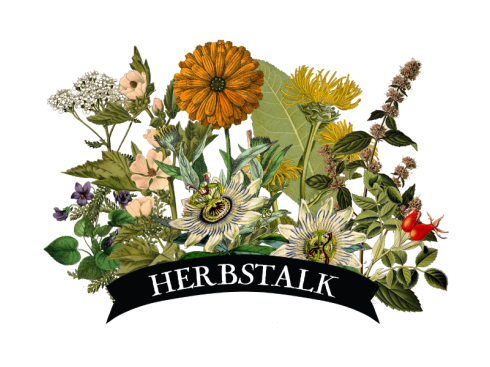
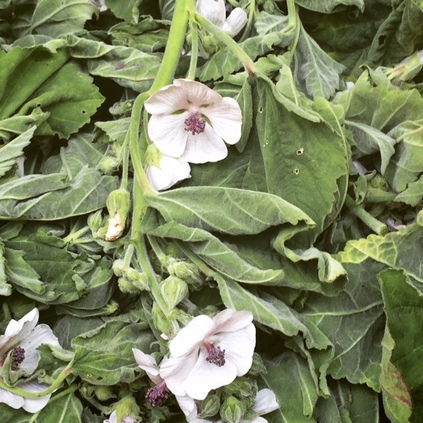
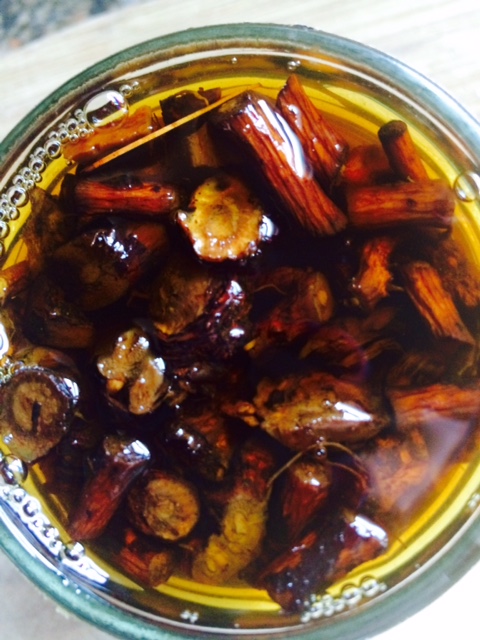
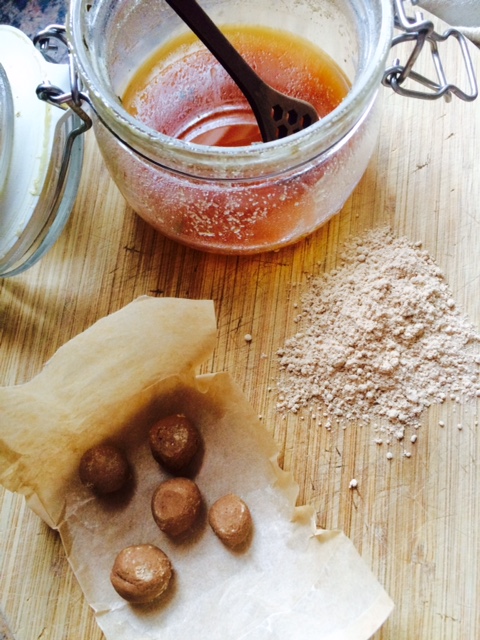
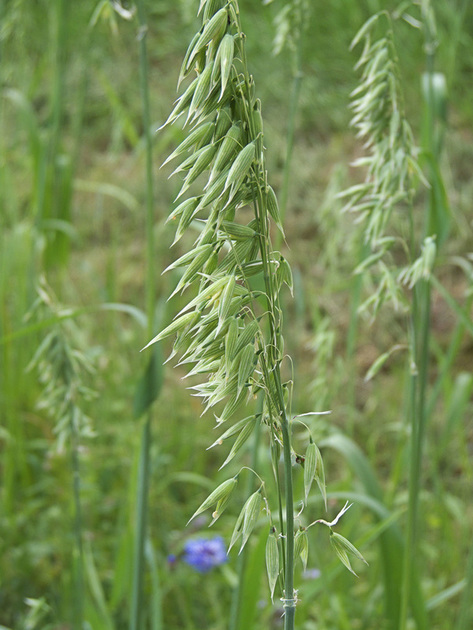
 RSS Feed
RSS Feed